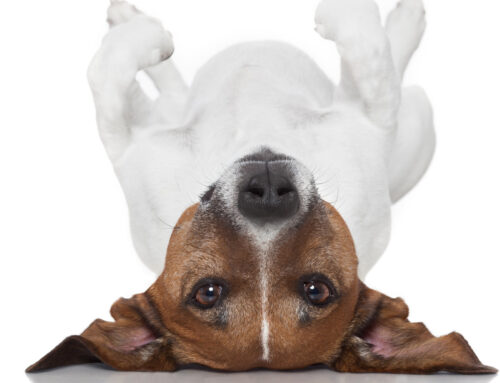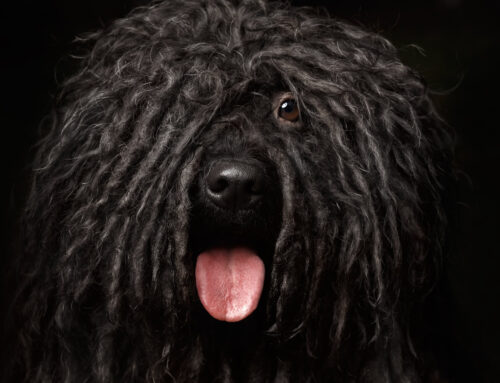Training your dog is an important step in helping them integrate with your family as well as providing them a more rewarding life in your home.
Depending on the breed of dog you have, this dog training can take several forms that all aim to model their behavior to better match your needs and lifestyle. In its simplest form, dog training is about showing your dog what you expect from them and developing a method of communicating those desires. Most dogs are very interested in pleasing their owners and many breeds will not feel satisfied unless they receive the type of positive feedback that comes from performing a specific task when asked.
This cause and effect relationship is an important mental exercise for them that brings them the same pleasure that an owner feels when their dog can be trained to respond to a specific command or situation. Most dog training behavior is based on some form of positive feedback that rewards the dog for completing a specific action based on a clear and consistent command from their owner. This can be as simple as giving the dog a treat or petting them once they perform the task.
The key is rewarding the dog for the intended behavior and not rewarding them for missing a task.
Some owners think that they have to punish a dog that doesn’t train well in the hopes of inspiring it and this is a mistake. Most breeds of dogs can sense when they have pleased their master and actually want to be able to do this on a consistent basis. All it takes is a little work on both the dog and owners part to develop a clear pattern of consistent behavior. Repetition is another great way to teach your dog about proper behavior. Doing the same action over and over again with the same command will help your pet better understand the connection. Initially you may need to lead them through the process while using a command and then slowly let them develop the behavior on their own.
One example of this is training your dog to sit on command.While on leash you look directly at the dog and clearly say the word “sit” while gently pushing your dog into the sitting position. Once the dog has sat, praise them and walk away. After some time, repeat the action of saying “sit” clearly to the dog while looking at them and gently pushing their hindquarters into a sitting position. Over time the dog will begin to associate the word with the action and the eventual praise for completing it and will do it almost before you finish saying the word.
This type of dog training behavior is different for various types of dogs as they all have different attention spans and in the way they handle distractions. Most dogs are genetically prone to a specific action as part of their breeding and you need to be aware of this when trying to train them.
This may be as simple as picking the right time or location to initiate their training when they are most likely to be receptive to learning. If for example you are trying to train a hound, doing it in the middle of a field that is full of interesting and distracting scents might be a disaster as the dog will naturally be interested in chasing game. If instead you tried the training in a location that was free of these distractions, you would certainly have better results. In addition to teaching a dog to react positively to certain commands you might also need to modify their bad behavior.
This type of dog training behavior is done in a similar fashion and can have the same positive results. Say for example you have a dog that gets confused about the need to relieve themselves outside and does it indoors instead. To help correct this behavior you should take them to the spot where they had the accident and firmly say “no” in a low voice. Next take a paper towel that you have cleaned up the mess with to the area outside where they should be going to bathroom and let the dog sniff it. This will clue them into the fact that this activity should happen in this place. When they do finally catch on that outside it the right location, be sure to praise them repeatedly.



Leave A Comment